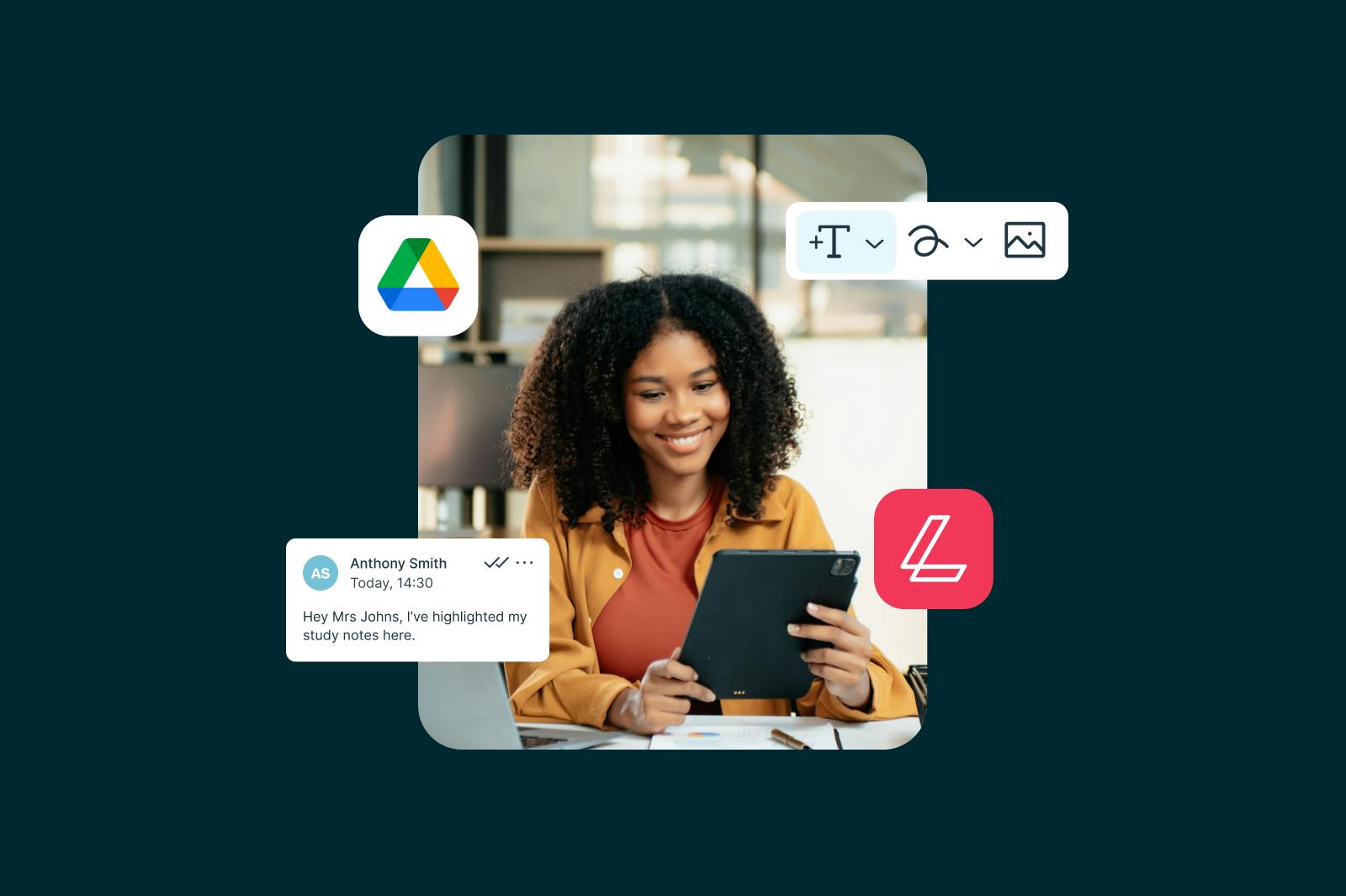The rise of online learning
author
Josie Adams
published
Apr 15, 2024
categories
Education
read time
4 mins

During the pandemic, the benefits of online learning were clear. Years into the online education boom, have things changed for online learning platforms and their students?
You can also read this article in Español.
The breakdown:
1. The online learning boom
2. Online education: the new normal
3. The future of online learning
- 1. The online learning boom
- 2. Online education: the new normal
- 3. The future of online learning
share this post
A decade ago Smartboards were the highest tech a school could get. You'd see 25 children squabbling over a giant marker so they could draw on a glorified projector screen. Now millions of learners are attending school from within their screens.
In the decade spanning 2011-221, the number of students learning online increased from 300,000 to 220 million. It's not just screens getting smarter than enabled this change. Technology can advance, but society needs to do so at the same time.
And it did.
The online learning boom
While online learning platforms existed pre-2020, the first major boom happened during the lockdowns. Many countries around the world asked citizens to quarantine in their homes while those early, pre-vaccination waves of Covid-19 tore through society. But life, as Jeff Goldblum once said, finds a way. During those lockdowns learning had to continue; for children it was mandatory. For adults, online learning was often a lifesaver in the ocean of self-doubt caused by being stuck home with your thoughts.
Supply met demand: Zoom Education, Google Classroom, Kahoot, Archy. Coursera alone registered 20 million new users in 2021; the same number it had gained in the previous three years combined.
Online education: the new normal
2020 saw record enrolment in online education, but this surge didn't drop off when post-pandemic learners went back to campus. The benefits of online learning went deeper than just virus-avoidance.
One of the biggest concerns for online education providers was the length of the customer's life cycle; ie, their retention rate after the lockdowns. Providers were wary of what would happen - MOOCs (Massive Online Open Courses), have always had low completion rates: pre-pandemic, big brand providers like Harvard, MIT and Stanford had a completion rate of around 20%. MOOCs were described as "education voyeurism"; they weren't considered a sustainable or long-term way to learn and gain credentials.
There was a fear that once lockdowns ended millions of new online learners would scatter into the ether, like 80% of Harvard MOOC attendees. But did everyone go back to the office once they opened up? No. In fact, remote work is still on the rise; by 2025, around 22% of the US could be working remotely.
Like remote work, online learning existed pre-pandemic. Covid-19 just accelerated our acceptance of it. The new normal is the result of technology and society catching up to each other. Now, the benefits of online learning are clear:
- It bridges the rural-urban divide so more children get equal access to good teachers
- It helps parents get involved in their child's learning
- It means less time away from school for immunocompromised or otherwise frequently-absent children
- For adults and teenagers, online learning can make higher education more accessible

The future of online learning
It's not just young people learning online. Adults at every stage of life are re-training in totally different careers, learning languages, and growing their skillset to become more business-savvy. We will see a sustained interest in online education, and we'll see educational technology reap the rewards from sustained investment.
Dedicated online learning tools like Google Classroom and Kami are going strong, but plenty of other companies have expanded their offerings to help bolster the benefits of online learning. For example, Zoom now offers a Zoom Classroom product specially designed for educational purposes. Lumin offers a Free for Classrooms initiative for K-12 teachers, and low-priced plans for university students.
In the next few years we can expect Augmented Reality (AR) and Virtual Reality (VR) to get more mainstream. Already many campuses are using VR and AR to help students learn to identify construction site hazards, learn human anatomy, and visualise chemicals at the atomic level.
The tools used in these lessons are relatively new to the market, so aren't yet affordable for home learners. While AR is available on most mobile phones, VR is technology is still in a state of rapid evolution; so the price of headsets isn't likely to come down anytime soon.
Other problems to be overcome for online learning to be as beneficial as possible:
- The digital divide is still a very real obstacle to educational success. While most teens in the US have access to a mobile phone, only 74% of Americans own a desktop or laptop. This is a high proportion, but not quite enough for online learning to be truly democratized.
- Accessibility for children with disabilities still needs work. Online learning means a high degree of digital literacy, which can be challenging for some children. Studying from home also means parents will need to step in and lend a hand where needed, which can create strain for working parents or those who have previously relied on the support of teacher aides.
We've come a long way since the pre-pandemic MOOCs. Online learning is now a highly-accredited and respected way to learn. And with the right tools, you can still have a classroom of 25 students squabble over who gets to doodle on their shared PDFs.
share this post